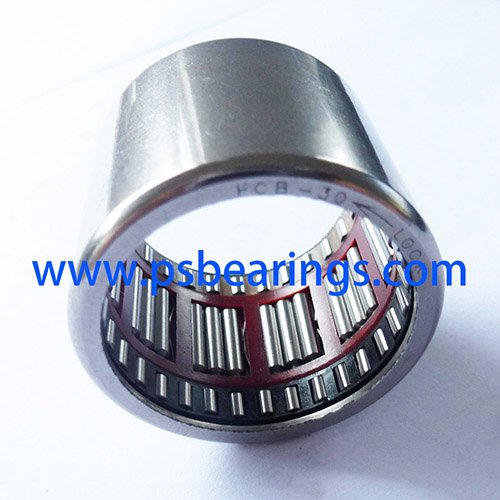Cam Clutches, Overrunning Clutches, and Freewheel Clutches: Enhancing Mechanical Systems
In the realm of mechanical engineering, there are
various ingenious devices that enable the smooth functioning of complex
systems. Among these, cam clutches, overrunning clutches, and freewheel
clutches play crucial roles in enhancing the efficiency and reliability
of machinery. Let's explore these three fascinating components and their
applications.
Cam clutches are
mechanical devices that transmit torque in one direction while allowing
free rotation in the opposite direction. They consist of a cam-shaped
inner race, a series of rollers or balls, and an outer race. As the
input shaft rotates in the desired direction, the cam profile engages
the rollers or balls, causing them to lock between the inner and outer
races. This creates a positive drive, transmitting torque from the input
to the output shaft. However, when the input shaft tries to rotate in
the opposite direction, the cam profile disengages the rollers or balls,
allowing free rotation without transmitting any torque. Cam clutches
are commonly used in applications such as indexing mechanisms, conveyor
systems, and backstopping devices in power transmission systems.
Overrunning Clutch, also known as one-way clutches, are designed to allow rotation in one direction while preventing rotation in the opposite direction. They are typically used in systems where there is a need to transmit power in one direction and freewheel in the other. Overrunning clutches consist of an inner race, an outer race, and a series of wedging elements such as rollers, sprags, or ramps. When the input shaft rotates in the desired direction, the wedging elements lock between the inner and outer races, transmitting torque. However, when the input shaft tries to rotate in the opposite direction, the wedging elements disengage, preventing any torque transmission. Overrunning clutches find applications in automotive starter motors, industrial machinery, and bicycles, where they prevent backward motion during coasting.

Freewheel Clutches, often used interchangeably with overrunning clutches, serve a similar purpose by enabling one-way rotation. They consist of an inner race, an outer race, and wedging elements that engage and disengage depending on the direction of rotation. The key difference between freewheel clutches and overrunning clutches lies in their design and construction. Freewheel clutches typically utilize sprag or roller elements that engage instantly when torque is applied in the correct direction, while overrunning clutches employ wedging elements that gradually engage. Freewheel clutches find applications in various industries, including aerospace, packaging machinery, and textile manufacturing.
In conclusion, cam clutches, overrunning clutches, and freewheel clutches are essential components that enhance the functionality of mechanical systems. Whether it is transmitting torque in one direction, preventing backward motion, or enabling freewheeling, these clutches play pivotal roles in maintaining system efficiency and reliability. With their diverse applications in various industries, these devices continue to be instrumental in the advancement of mechanical engineering and power transmission systems.

Comments
Post a Comment